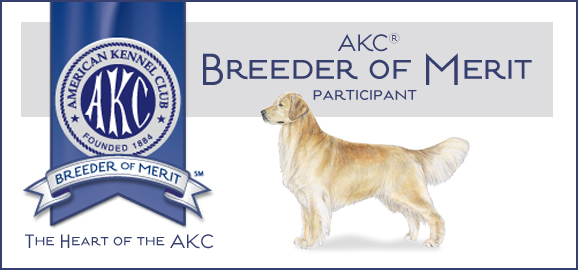The training techniques presented in this book are based on proven scientific learning principles such as operant conditioning and classical conditioning. In this section, we’ll go into considerable detail on what these principles are and how they work. Then we’ll discuss the techniques that we use that are based on these principles.
We will discuss principles that help facilitate building muscle memory and train the dog’s body like luring, reward placement, and targeting.
Then we will discuss principles that will help to engage the dog’s mind. Marker training and shaping are our primary tools for engaging the dog’s mind. These tools allow us to create clarity for the dog so that he can more easily connect a reward to a behavior. They are also highly motivating tools that build internal qualities such as focus and desire to work. These tools will also be discussed in detail.
In this half of the book, we will discuss scientific learning principle such as operant conditioning, classical conditioning, shaping, luring, marker training, and more. Among other things, you will learn how to engage your dog’s mind and body, build drive, and build confidence. All of these principles are important to understand how good dog training works before you learn to train specific behaviors in Section 2 of the book.
Click on Chapter 1: Operant Conditioning to go to the first chapter in the “Science Behind the Method” section of the book.

